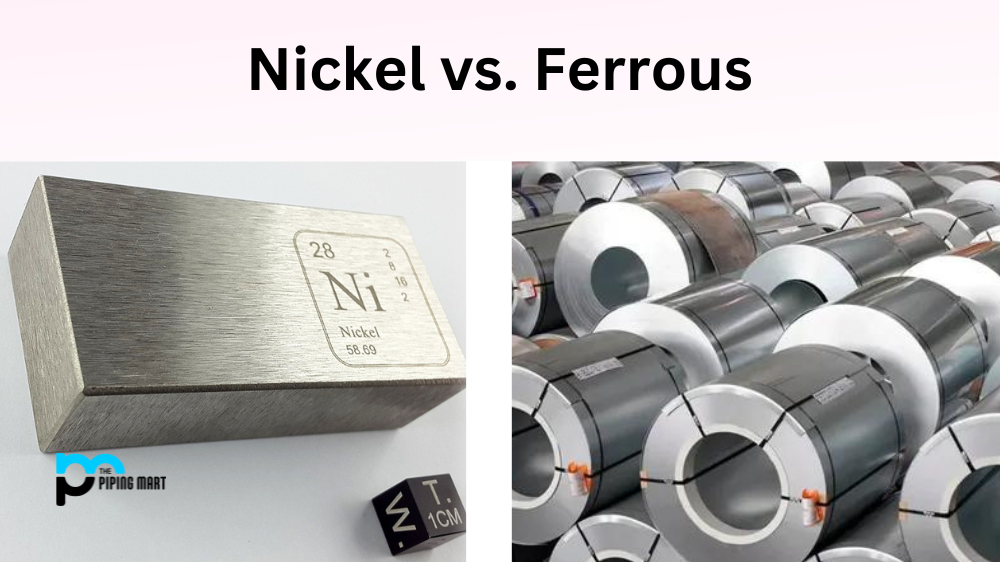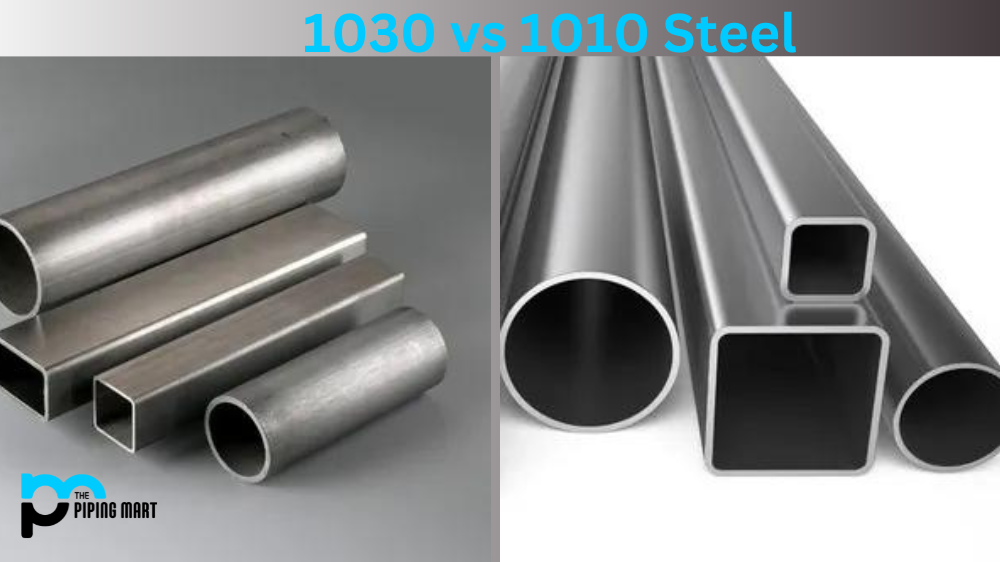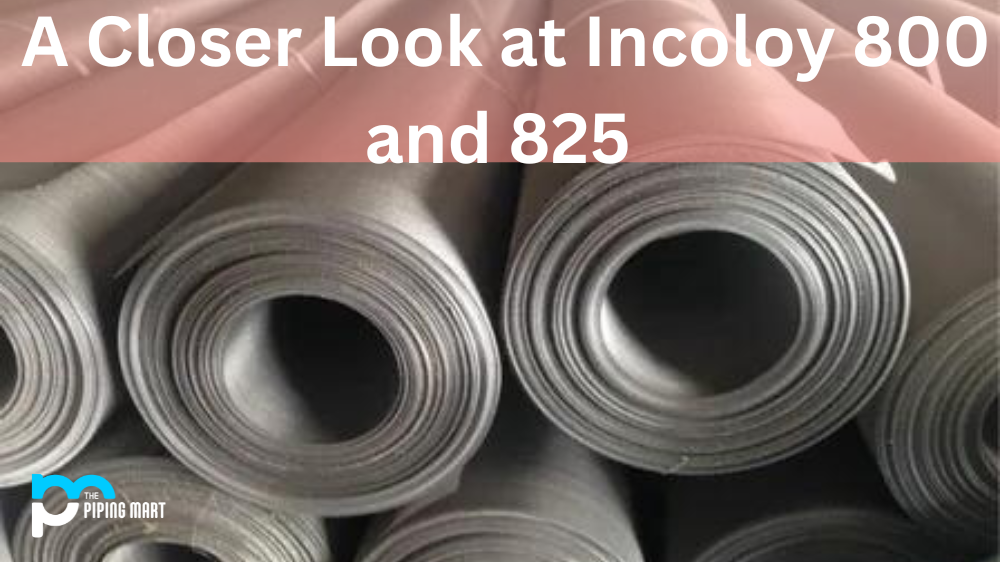Welding aluminum magnesium is a process that requires careful planning and execution to ensure a successful result. It is important to understand the different welding techniques and how they can affect the strength, durability, and performance of your welds. This guide will provide you with an overview of the different processes for welding aluminum magnesium and offer tips for successful welding.
Aluminum-Magnesium Alloys
Aluminum magnesium alloys are created by combining aluminum and magnesium in various proportions. These alloys often have improved strength, ductility, corrosion resistance, and electrical conductivity compared to pure aluminum or magnesium. The most common way to weld aluminum-magnesium alloys is with Gas Metal Arc Welding (GMAW). GMAW offers high welding speeds, good control over filler metal deposition, and very low levels of splatter, which makes it ideal for welding these materials.
Weld Prepping Aluminum Magnesium
Before starting any welding project, it’s important to clean the base material as well as any filler metal you plan on using. Both should be free from oil, grease, dirt, rust, scale, or other contaminants that could interfere with proper bonding between the two metals. It’s also important to make sure that both pieces are flush against each other before beginning your weld; otherwise, the heat from the weld could cause warping or distortion of your material which could weaken your overall bond strength.
Welding Process for Aluminum-Magnesium Alloys
When welding aluminum-magnesium alloys, there are several processes available such as GMAW (Gas Metal Arc Welding), GTAW (Gas Tungsten Arc Welding), or SMAW (Shielded Metal Arc Welding). Each process has its own advantages and disadvantages, so it’s important to select the best option based on your application needs. GMAW is usually considered the best option because it offers superior control over filler metal deposition while still providing high speeds and minimal splatter, which helps reduce post-weld clean-up time. Additionally, GMAW allows you to use a variety of shielding gases depending on what type of alloy you are working with; argon or helium are typically recommended when working with aluminum-magnesium alloys, but some applications may require a different gas mixture depending on your needs.
Conclusion:
Welding aluminum magnesium can be challenging due to its unique properties, but with proper preparation and knowledge of the different processes available, you can produce strong, durable welds that meet your needs. Cleaning both base materials and any filler metals before beginning a weld is essential for ensuring strong bonds between them. Selecting an appropriate process based on your application needs is equally important for achieving successful results each time. With this guide, you now better understand how to properly prepare for and execute a successful weld when working with aluminum-magnesium alloys!

Meet Bhavesh, a seasoned blogger with a wealth of knowledge and experience. From metal products manufacturing to retail, Bhavesh has a diverse background in various industries and is dedicated to sharing his insights and expertise with readers.




